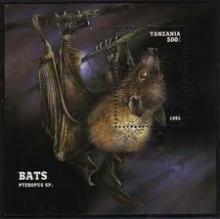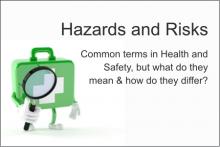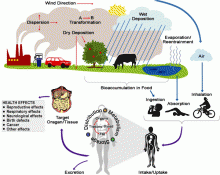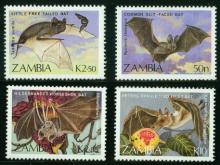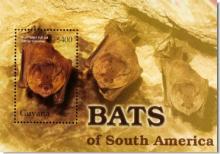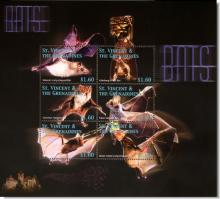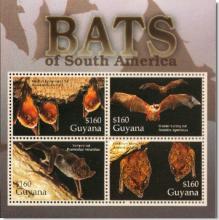
A study by the University of Koblenz-Landau revealed that pesticide contamination of their diet can lead to long-term effects in bats. Studies have already indicated that bats are particularly sensitive to pesticides. The threatened animals are still ignored in the risk assessment procedure, even after the amendment of the applicable regulations in 2009, since there is a lack of data according to Dr. Carsten Brühl and Peter Stahlschmidt from the Institute for Environmental Sciences at Landau. "Most studies on bats were carried out in protected areas or in forests" explains Stahlschmidt. So far it was not investigated whether bats forage for food in the agricultural landscape at all although more than half the area of Germany is used for agriculture. In a previous study, the researchers were able to detect 14 bat species on intensively managed agricultural land. In their current study, the Landauer ecotoxicologists took a closer look on the diet of bats in a fruit-tree plantation. After spraying the commercial pesticide active ingredient fenoxycarb, which inhibits the growth of insects, the scientists measured the remaining chemical residues on flies, moths and spiders for two weeks. The highest residues were recorded on leaf dwelling insects and spiders, lower contamination was found for flying insects. Based on this data, they calculated different scenarios of the current risk assessment procedure. In the calculated best-case scenario, where the animals find their food also in unpolluted areas, long-term effects of one of the six used bat species in the calculation could not be ruled out, in the worst case scenario 3 bat species were affected. Hardest hit were so called gleaners, bats that collect insects and spiders from the leaves of the fruit trees.

